-
#33 – Blade Runner (1984)
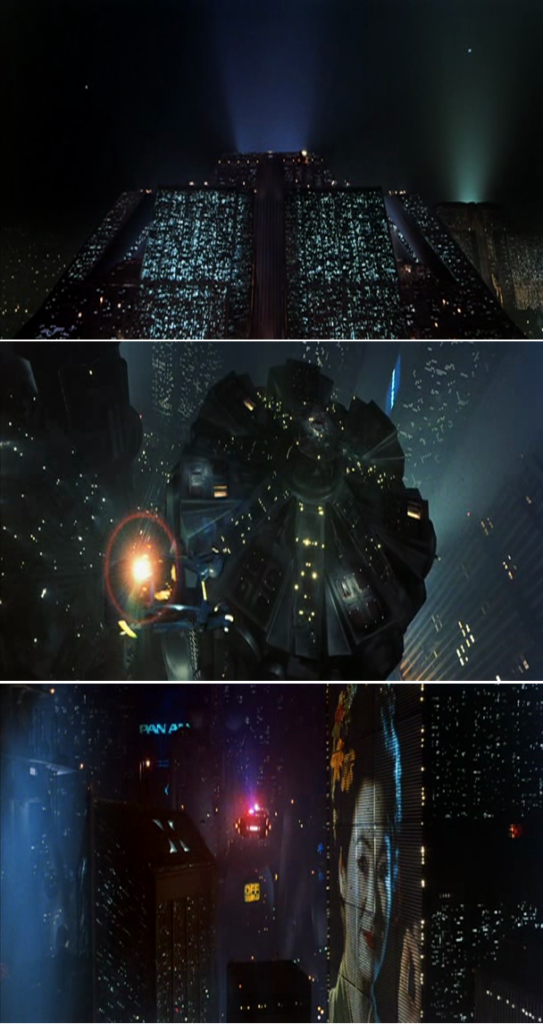
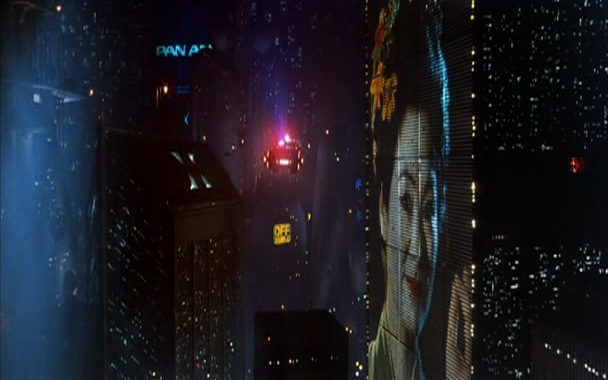
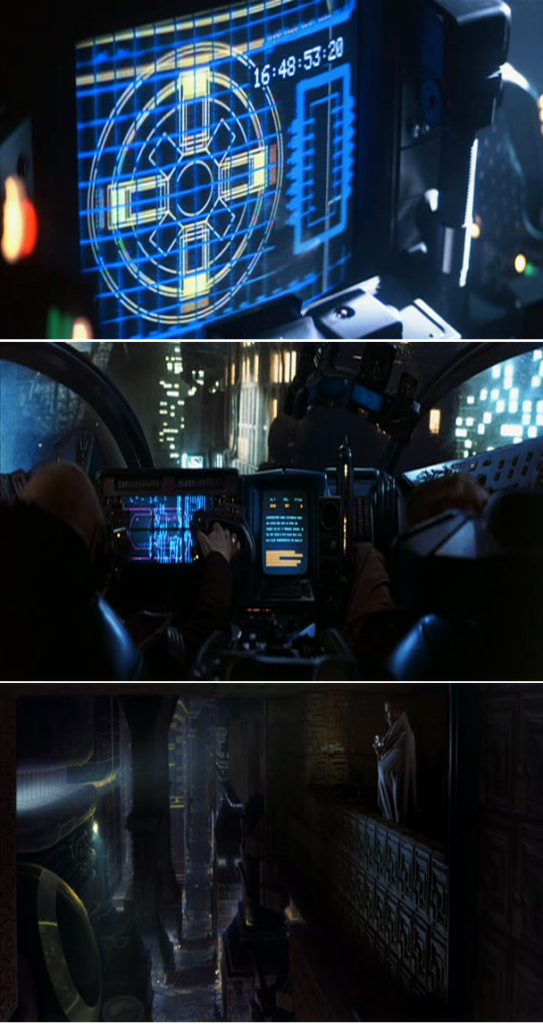
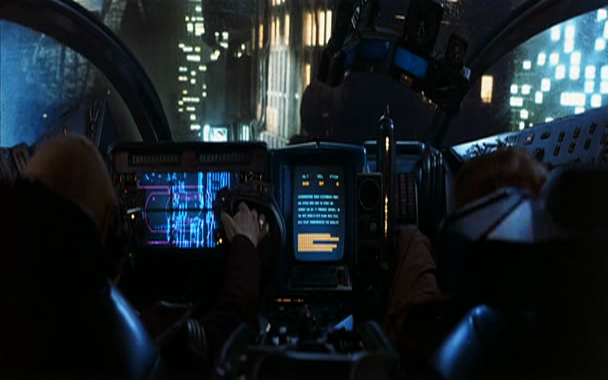
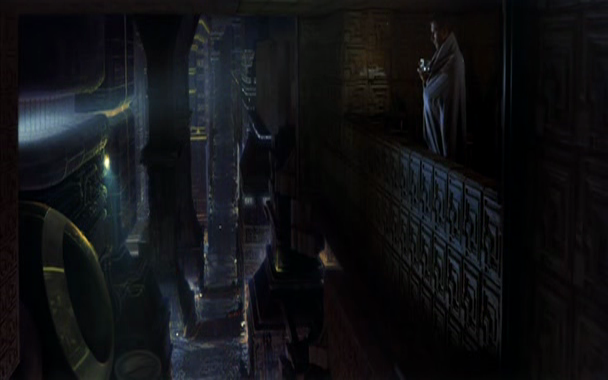
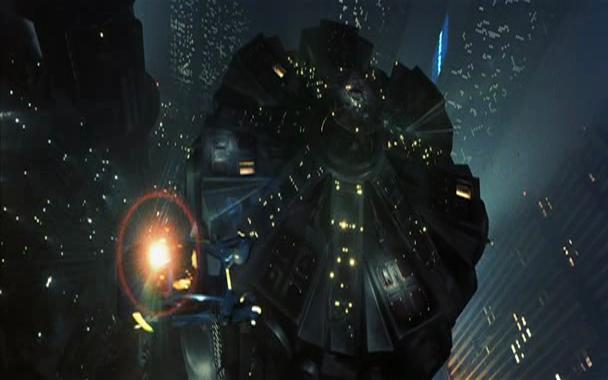
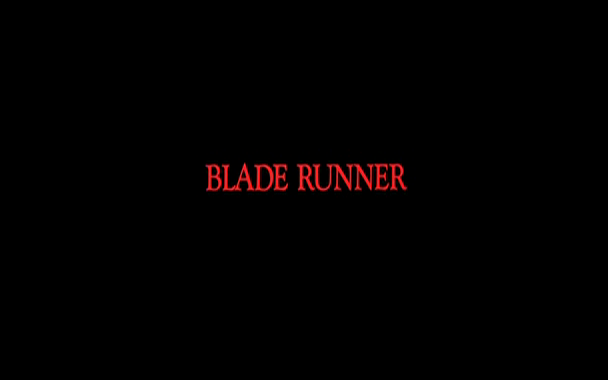
Blade Runner (1982)
Film review #33
Director: Ridley Scott
Do androids dream of electric sheep…?
SYNOPSIS: Los Angeles in the year 2020; six Replicants, androids who were built to mimic humans almost perfectly, have managed to escape an off-world colony, and have landed on Earth, where they are illegal. Rick Deckard, a retired “Blade Runner” (a cop who hunts down replicants), is brought back to the force to hut down and “retire” these replicants. He visits Tyrell, the head of the corporation that built the replicants to examine a test that can distinguish a replicant from a human. There. he meets Rachael, an experimental replicant who believes she is human, implanted with false memories to this end. After 100 questions, the test is still inconclusive about whether she is human or not.
Meanwhile, two of the renegade replicants find an employer of Tyrell corporation, and interrogate him to find a way to meet Tyrell, trying to find away their four year lifespan that is built into them. He suggests they find J.F. Sebastian,the designer of the replicants. Later, Rachael visits Decker at his apartment, trying to prove her humanity by showing him a family photo, but he rejects it, saying it is just somebody else’s memories, causing her to leave in tears. Meanwhile, one of the replicants, Pris, has befriended Sebastian, and he takes her home, where he makes animated dolls using his skills as a designer.
At one of the replicant’s apartments, Deckard finds a photo of a replicant and a snake scale, which he eventually uses to track down a replicant called Zhora to a club. After chasing her through the streets, he catches her and “retires” her. Reporting back to the police, he is told that Rachael has gone missing, and he is to add her to the list of replicants to be retired. Deckard is then attacked by Leon, another replicant, but Rachael appears and shoots Leon, saving Deckard’s life. The two return to his apartment, where Deckard promises not to kill her.
Meanwhile, at Sebastian’s apartment, Roy, the leader of the renegade replicants turns up to tell Pris that they are the only two left. They persuade Sebastian to get them to meet with Tyrell, where they hope they can get him to extend their life. When Roy arrives however, Tyrell tells him that it is impossible, and Roy confesses that he has done many terrible things, but Tyrell dismisses this, saying how special he is in a rather messianic moment. Roy then kills Tyrell and leaves alone.
Back at Sebastian’s apartment, Deckard has entered, and after a brief fight with Pris, kills her just as Roy returns. The two engage in a lengthy fight and chase, ending on a rooftop, where just as Deckard is about to fell to his death, Roy unexpectedly saves him, and dies himself. Back at Deckard’s apartment, he finds Rachael and the two leave the apartment as the movie ends…
THOUGHTS/ANALYSIS: Blade Runner is primarily an action film, but it operates on a number of other levels too, utilising notions of the film-noir genre, and using a lot of different religious symbolism and references means this film can be quite complicated, and one could interpret the film in a number of ways.
The film has a very distinct aesthetic. Taking place in the not-so distant year of 2019 in Los Angeles, it is a very “retro-fitted” future, where the city has been developed by merely building over or around the current architecture and structure, so the city is a mass of crowded, narrow streets, and tall skyscrapers that block out the sky from the ground. It reminds me a little of the “Walled City” of Kowloon, in which the city was built on top of itself so much it had to be demolished. Also in the movie, we get glimpses of other future technology, including the hovercars, which are one of the most memorable images from the movie. The images of the Los Angeles skyline in this movie are probably the most famous images to come out of this movie.
Blade Runner has become quite a popular movie over the years, though it didn’t start that way. It was a box office failure (Barely breaking even), and the film was plagued by differences between director and studio, the most controversial part being the voiceover “diary entries” which the studio wanted, but Harrison Ford didn’t, the studio thinking the movie was too complicated without them. The director’s cut edition does not include them, and I think the movie is better without them. The film has quite a large “cult” following, not quite entering the mainstream cinema, but it is on the fringes as a very unique example of science-fiction storytelling, and a remake or sequel has often been discussed.
Very little in this movie is obvious, it is full of strange images and numerous sub-plots that intertwine. The image of Roy, the replicant leader having a very messianic persona, who is looking to save his fellow replicants from the curse of the four year lifespan is an interesting one. He is played very well, torn between these two concepts of being an advanced replicant and having genuine emotions, but not quite achieving them in human form. The human vs Replicant line is blurred further when the notion is brought up about half-way through the film that maybe one should question whether Deckard himself is a Replicant. Though this is never answered, like a number of elements in the movie that are left unresolved at the end, the viewer is invited to make up their own mind.
Overall, Blade Runner is an important movie in terms of science-fiction cinema. It invites the viewer to take it seriously through it’s multiple twists and turns, and interpret what it is happening for themselves. It’s dramatic “neo-noir” style makes it a tense and slick movie that presents the future in a unique way, and is a movie that has stood the test of time, making it an enjoyable and watchable movie.